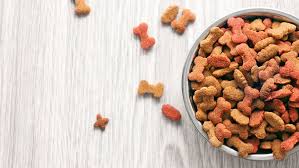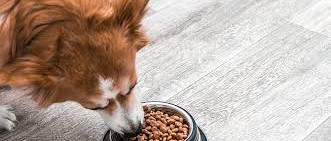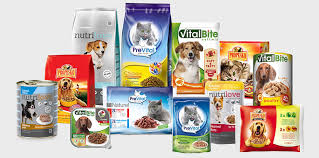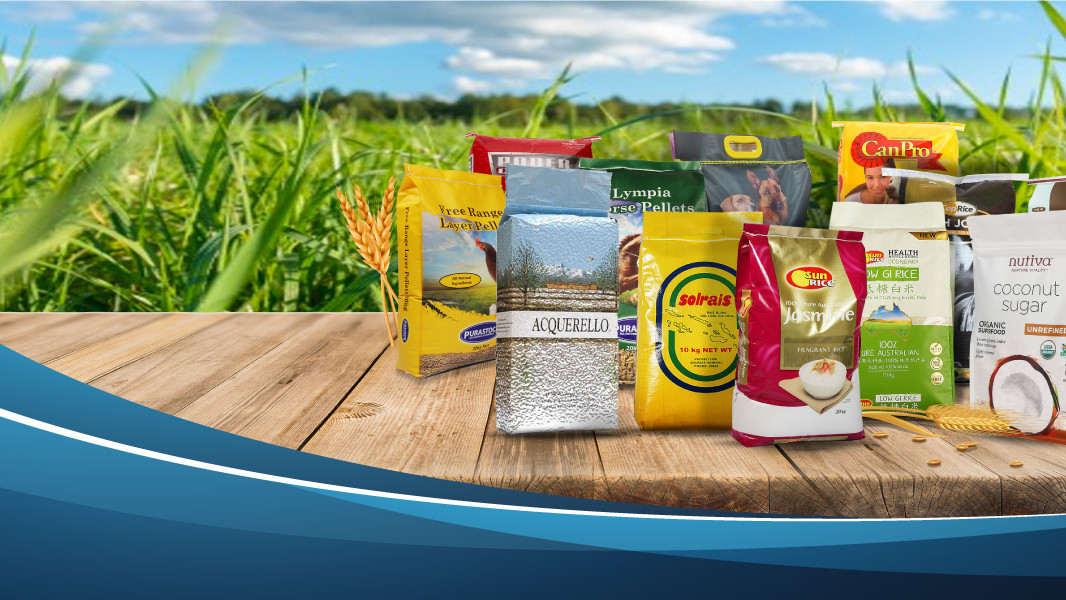Pet food packaging: trends and design in 2020
As the baby boomer’s ownership of pets declines, pet food packaging design turns its attention to millennial and Gen Z consumers. These young generations are rapidly redefining what it means to be a pet parent, including everything from pet food to how to shop.
Although millennial shoppers continue to favor healthier and more sustainable choices for their food, they are also looking for the same quality when shopping for the four-legged friends-they show that they are willing to pay for these additional Benefits of paying for food. According to a global study conducted by Nielsen, nearly three-quarters of millennials say they are willing to pay extra for sustainable products.
The pet food packaging market is valued at USD 9.92 billion in 2020 and is expected to reach USD 13.78 billion by 2026, growing at a CAGR of 6.79% during the forecast period (2021-2026). The growing popularity of the pet food packaging market is attributed to the increasing use of pets as companions and the growing awareness among owners to keep their pets healthy. The growing concern for pet health has led to the adoption of spill-proof and advanced pet food packaging to maintain the quality of pet food packaging.
Gen Z has a similar attitude towards consumers, with 55% of consumers saying that they will pay higher prices for products and services for companies that are “committed to a positive social and environmental impact.”
In addition to sustainable development and environmental impact, young consumers are also looking for pet foods that provide pets with superior taste and quality experience, and are labeled with healthy, natural ingredients. Pet parents are also seeking the convenience of convenient and easy-to-use packaging.
Pet food packaging situation right now:
The pet food packaging market was valued at $9.29bn in 2018 and is predicted to grow at to $12.9bn by 2024, at a CAGR of 6.79% for the forecast period of 2019-2024, according to the ‘Pet food packaging market – growth, trends, and forecast (2019 – 2024)’ report. With pet owners wanting more protective, informative, and tasteful packaging, manufacturers are pushing to improve labeling, and produce more intelligent pet food packaging.
Packaging is playing a key role in the strong growth of the pet food industry, especially when it comes to premium products. The bag or container allows manufacturers to stand out from dog and cat owners who want sustainable options, personalized pet diets and even human-friendly ingredients.
Trends to pet food packaging in the future
# Sustainable development
The sustainable development of pet food is not only the sustainability of its ingredients-packaging plays a key role in the environmental characteristics of products. According to a Mintel survey, 29% of American adults between the ages of 18 and 22 said they specifically bought environmentally friendly products.
Using intelligent design and material selection, there are several ways to reduce the environmental impact of packaging. Look for packaging that is lightweight and usually uses less material. In addition, ensure that these materials come from renewable and sustainable sources, such as cardboard made from responsible forests or plastics made from plants such as sugar cane.
Another important sustainability aspect of pet food packaging is its ability to protect food, extend its shelf life, and prevent unnecessary waste. Choose a package to prevent exposure to light and oxygen to protect the taste, color, smell, and nutritional value of the product. Sterile and cooking cartons are a good example. This technology can extend the shelf life without preservatives or refrigeration.

Packaging scrapping is another important consideration for environmentally conscious consumers. Pet food brands should go further by clearly communicating the life cycle of packaging, including what products can be made once the packaging is recycled.
# Taste and quality
Pet parents are increasingly concerned about the deliciousness of feeding pets with high-quality ingredients. According to Mintel, four out of ten dog owners will take into account their pet’s taste preferences when choosing food-this is a more important decision factor than food with limited ingredients or grain-free. Among cat food buyers, 31% make decisions based on taste.
As further evidence of taste trends, pet food toppings or broths have become a growing part of the pet food industry, and currently, 12% of American cat and dog owners buy these foods. Mintel’s research shows that adding a bowler hat to dry or wet food can customize the diet experience for pets and can increase nutritional value.

Pet parents are also paying close attention to the quality of the ingredients listed on the label. According to Nielsen, sales of pet foods that do not contain GMOs increased by nearly 29% in 2018. Other “free” claims of sales growth include no corn, hormones, fillers, artificial preservatives and artificial colors.



